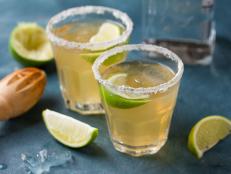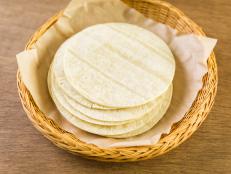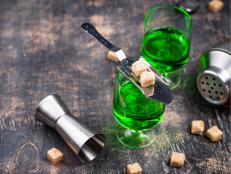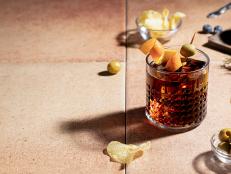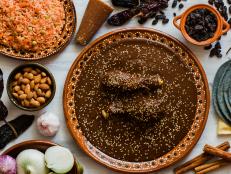What Is Mezcal?
It’s on every cocktail menu. But what exactly is in the bottle?
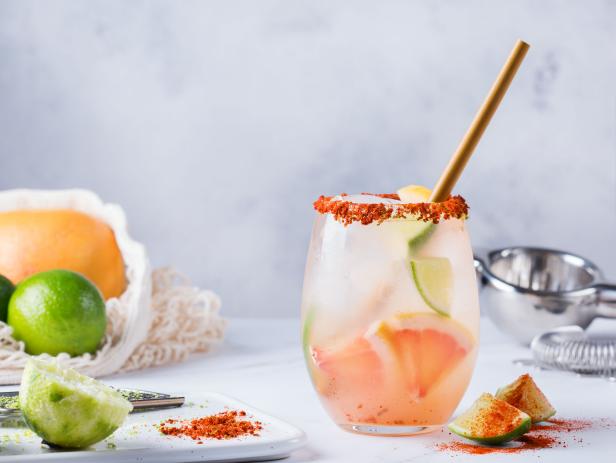
Aamulya/Getty Images
By Fraya Berg for Food Network Kitchen
Fraya is a chef and a contributing writer at Food Network.
Perhaps you've seen mezcal cocktails before. Or maybe you've known someone to sip mezcal like it's a fine Scotch. You've possibly heard people say it's "smoky." But what exactly is mezcal? Where does it come from? How is it different from tequila? Read on for all the answers.
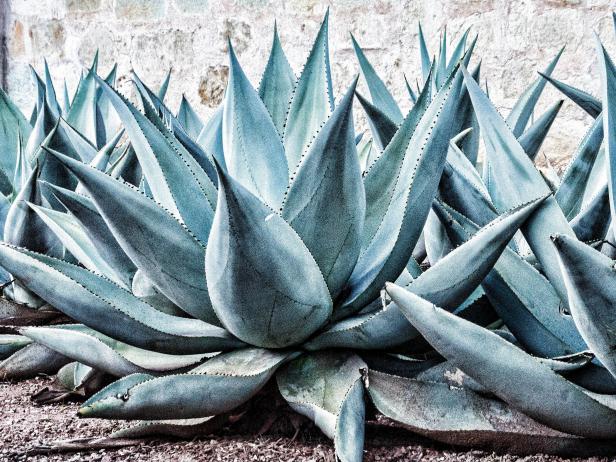
Francisco J. de Anda/Getty Images
What Is Mezcal?
Mezcal is a spirit distilled from agave plants, specifically the root-bulbs that are called pina. But wait - isn’t tequila made from agave? Yes, but tequila is made from special agave - only Weber blue agave. Mezcal can be made from any of about 30 different varieties of agave, many of which come from Oaxaca. Mezcal means “oven-cooked agave”, which is how the pina are cooked to extract the sugars that will be fermented and then distilled. The ovens are deep pits lined with lava rocks that are filled with wood and charcoal as the source of the heat. Cooking the pina in the pits gives the mezcal a smoky flavor. After it’s cooked, the bulbs are mashed, water is added, the mash is strained and fermentation takes place. When the fermentation is complete, the liquid is distilled up to three times, after which it is bottled or aged in barrels for 2 to 12 months.
What Does Mezcal Taste Like?
Like tequila, mezcal has a complex, sometimes sweet flavor, but with smoky, earthy overtones. In both, the flavor of the agave itself is (or should be) present. While tequila is produced from only one agave, Mezcal can be produced from one of more than 30. Each agave brings its own flavor based on species of agave and the process by which it’s distilled. In addition, mezcal can have other flavoring ingredients such as grains or herbs added before distillation. The liquor has 38% to 55% alcohol by volume.
Is Mezcal Better Than Tequila?
It’s all a matter of personal choice. The flavor of mezcal is more assertive than that of tequila due to the cooking process of the pina. There are tequilas that are so smooth and light they can take the place of vodka in any cocktail, whereas mezcal is more distinctive and cocktails are built around it, or it stands in for a strong spirit such as bourbon.
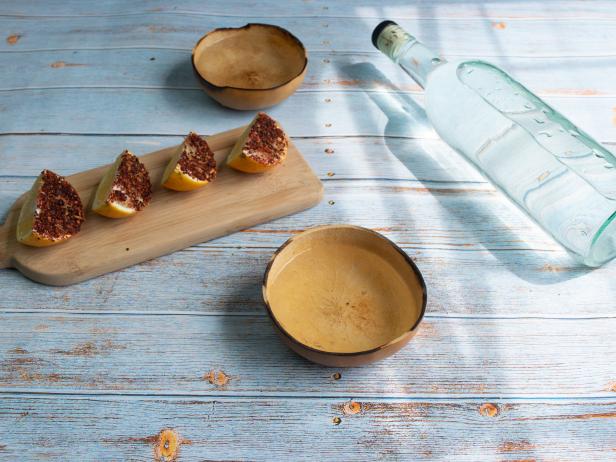
cesar fernandez dominguez/Getty Images
How to Drink Mezcal
Unlike tequila, which can be taken as a shot, mezcal is typically sipped at room temperature when it is not mixed into a cocktail. In fact, there are special little bowl-shaped cups carved from dried gourds that are traditional vessels for serving mezcal. They are called jicaras, and are the fruit of the Calabash tree.
Different Mezcal Varieties
Take a look at a mezcal bottle, and you might notice one or several labels. We've got you covered with what they mean.
For starters, mezcal normally falls into one of three categories.
- Mezcal Ancestral is made using strict, traditional mezcal production methods, including distillation in clay pots.
- Mezcal Artesanal is largely traditional but allows for distillation in stainless steel or copper.
- Mezcal with no other labels allows for modern production.
After the category label, mezcal will have a second class label.
- Joven is unaged mezcal; this variety is the most common type you'll see in Mexico and the U.S.
- Reposado ages for less than a year but more than two months in wood.
- Madurado en Vidrio is aged in glass for 12 months.
- Anejo ages in wood for at least one year.
- Abocado is mezcal infused with other flavors (including the worm).
- Destilado Con is the variety that's infused with other ingredients during distillation.
Mezcal Cocktail Recipes

We're pretty sure Mary Poppins would have pulled this out of her bag instead of rum punch if she’d known about it.
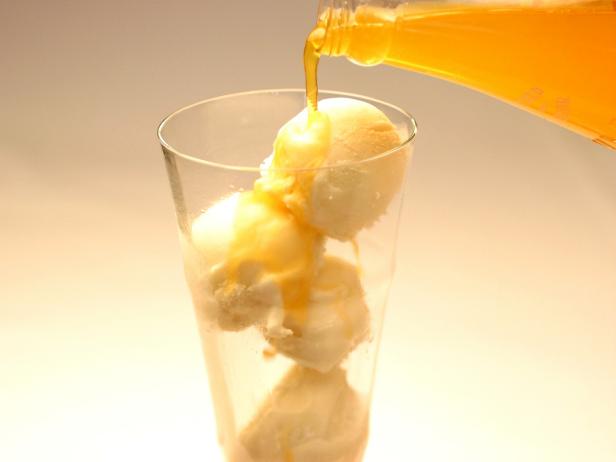
Presenting ice cream and mezcal with orange soda. Switch it up and try lemon-lime next time.
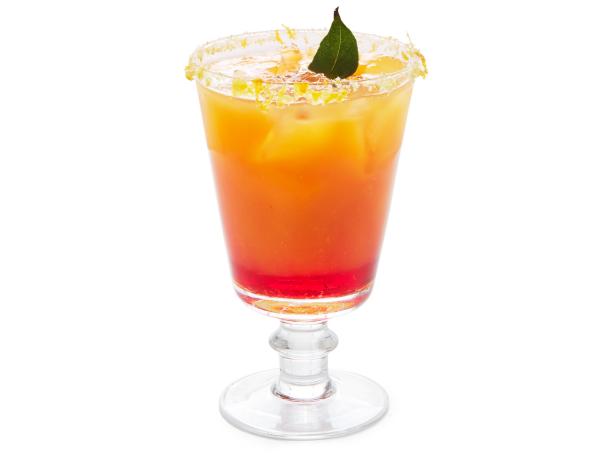
The day before a party, make this cocktail up to the step where you add the ice. Pop it in the fridge and then do the easy part at the party.

Where would we be without blenders? Missing this Blackberry-Lime Margarita, that’s where.

Levi Brown
Grenadine brings the red to this sunrise: perfect for an early brunch.
Related Links:
























